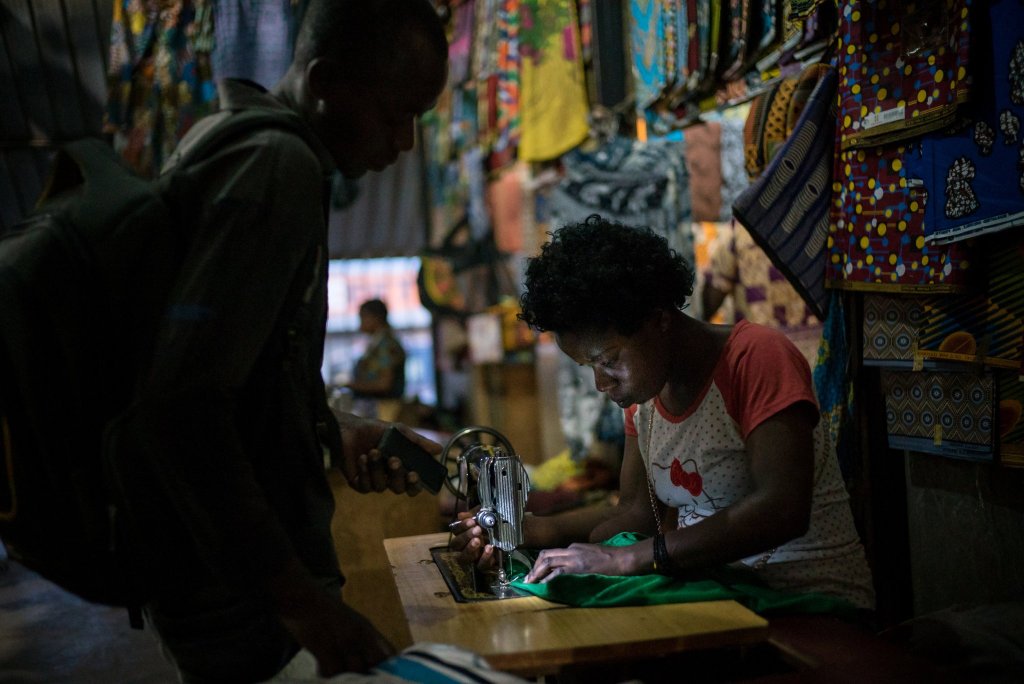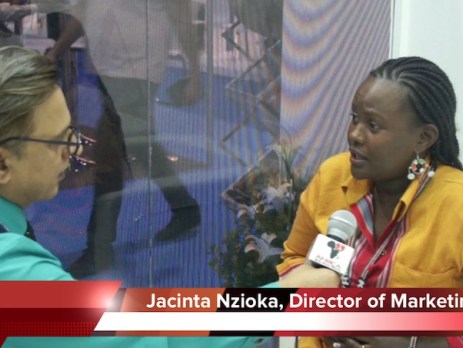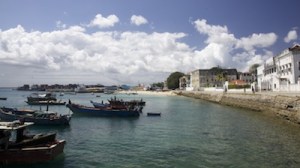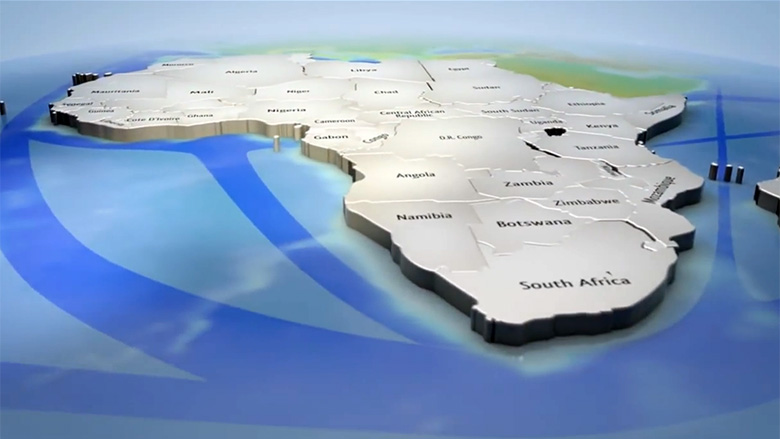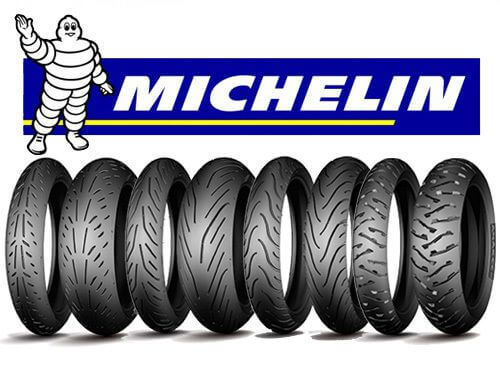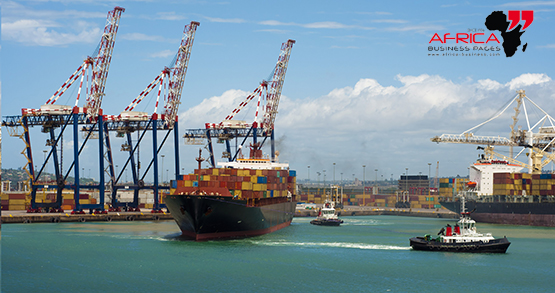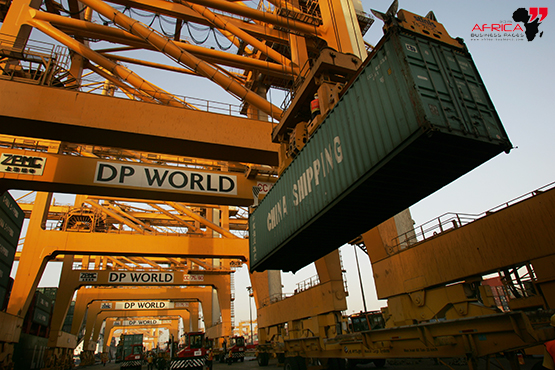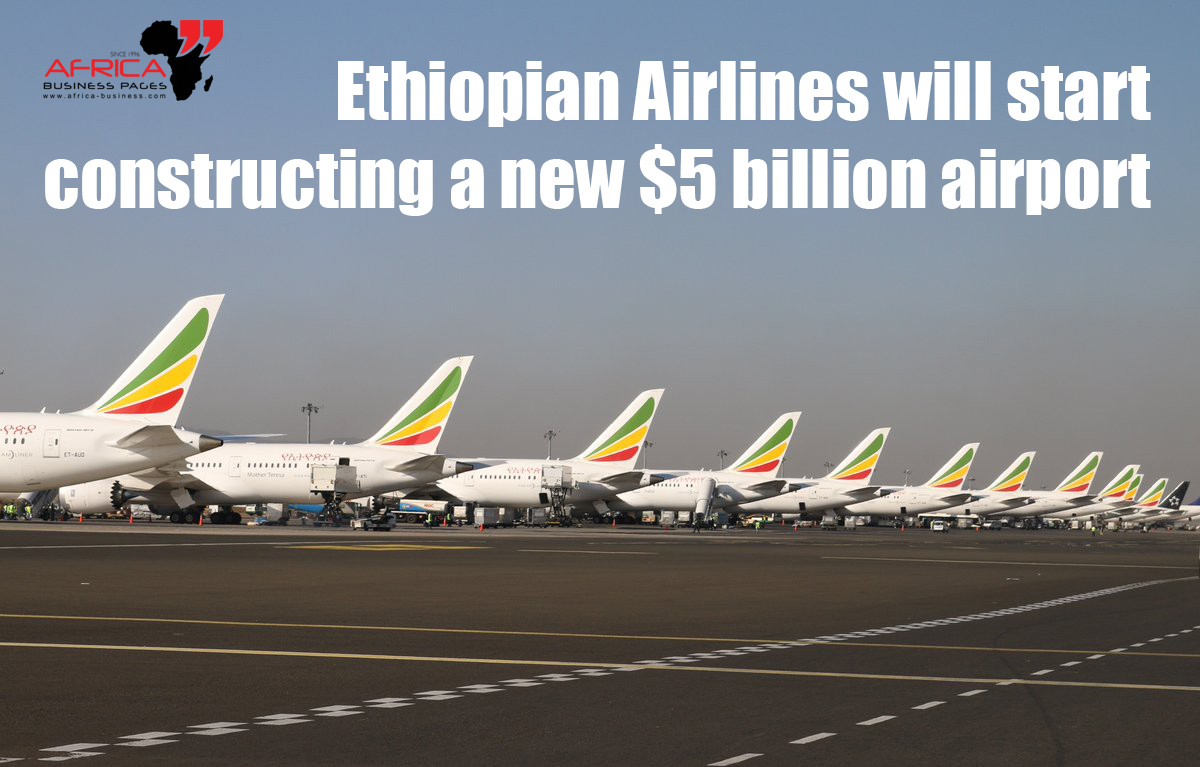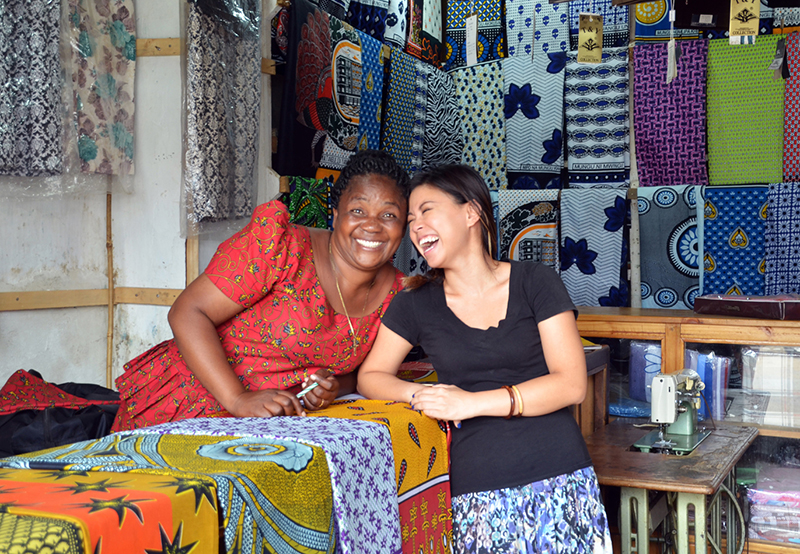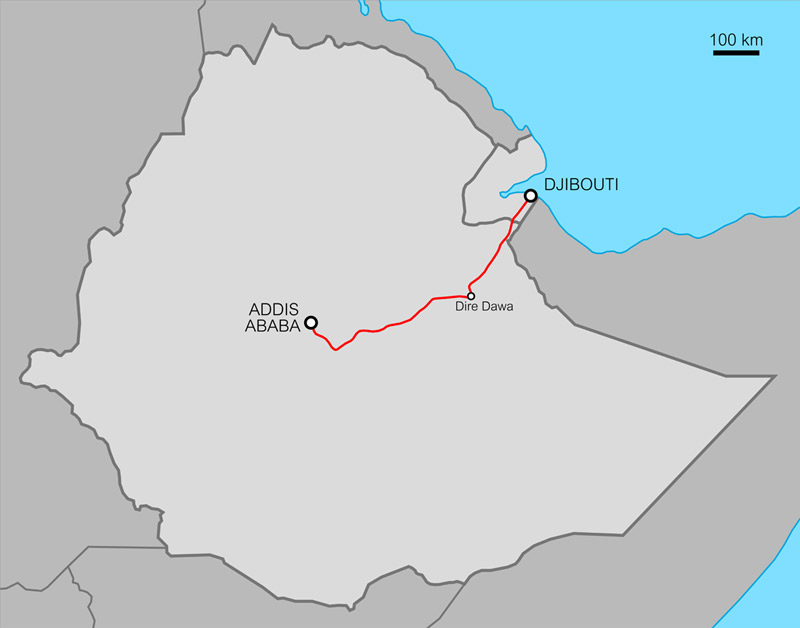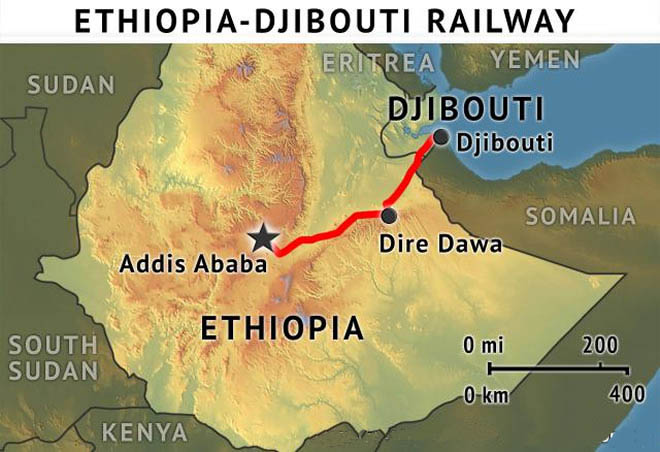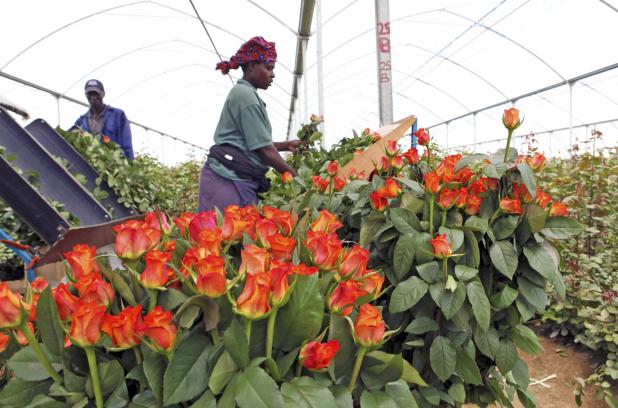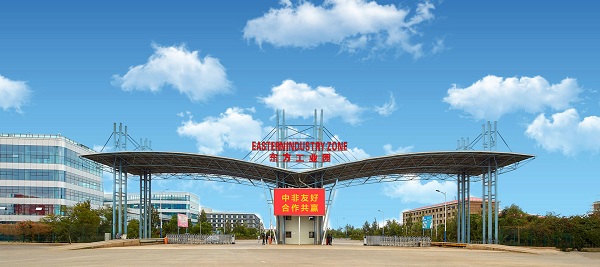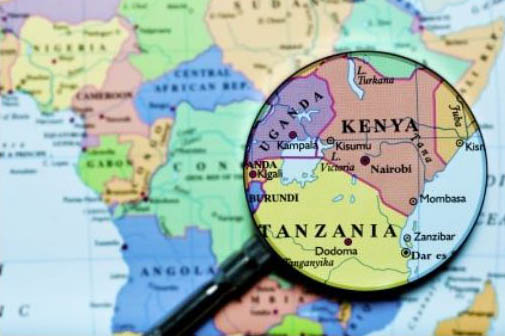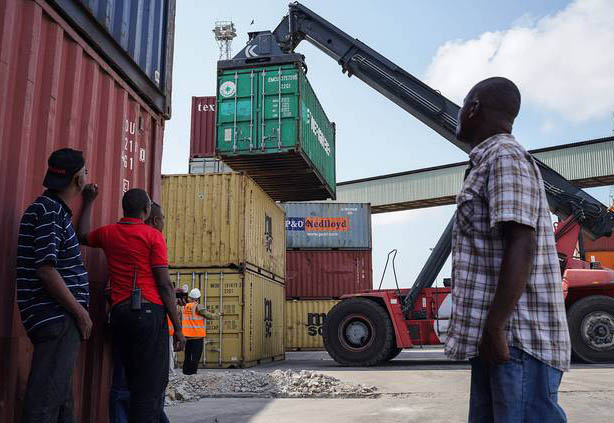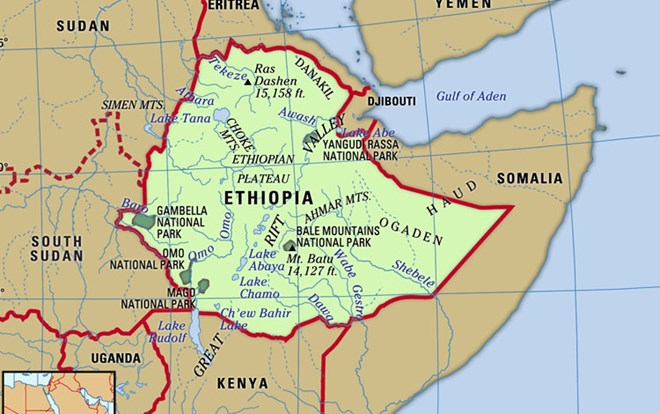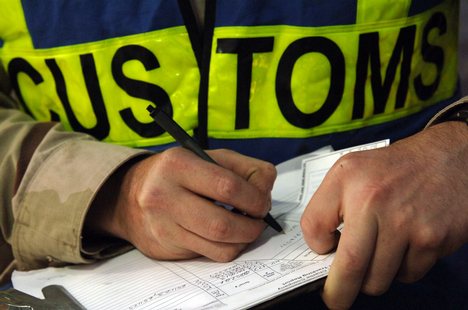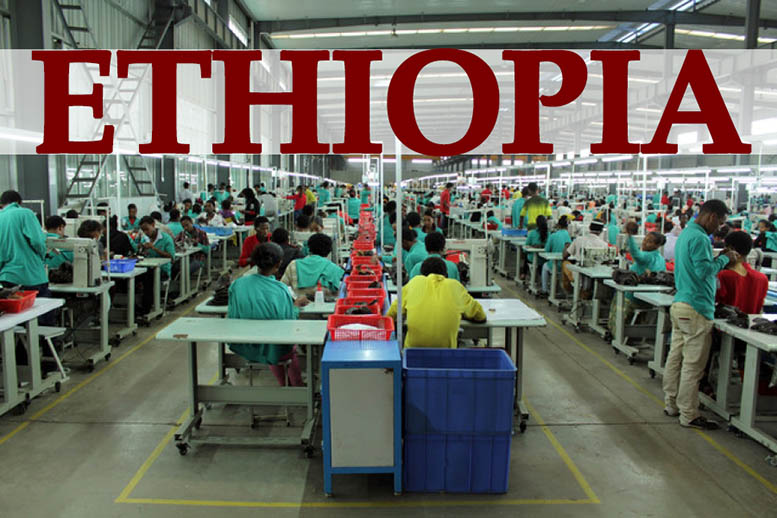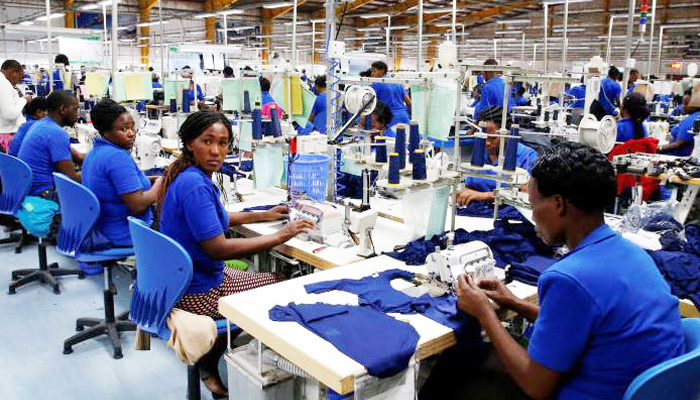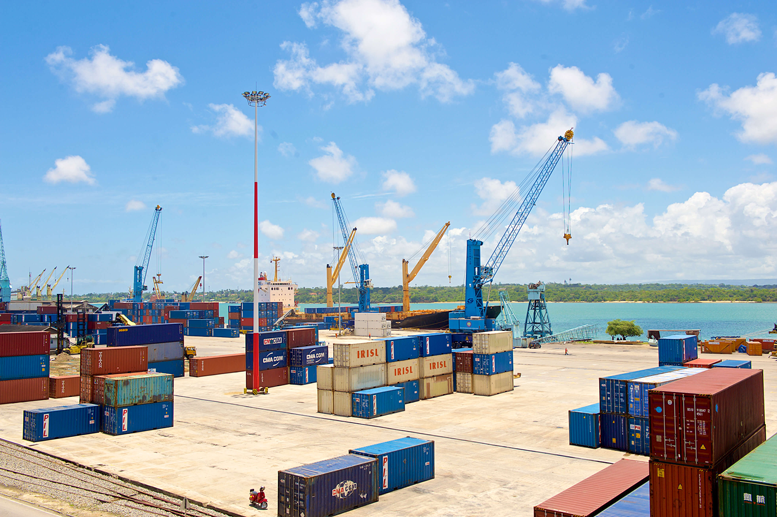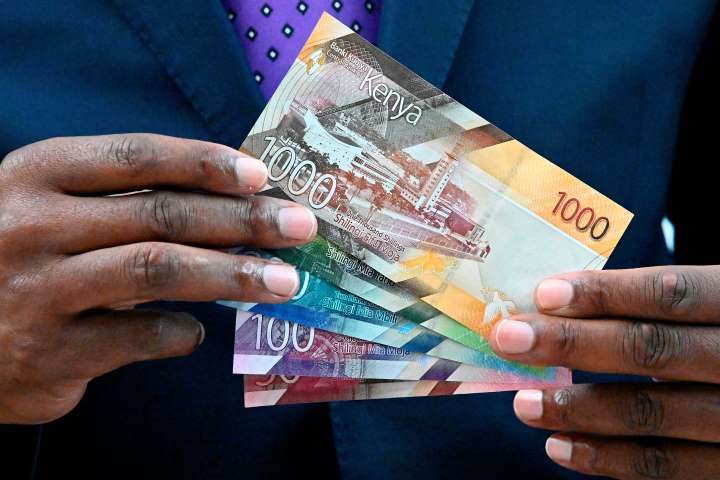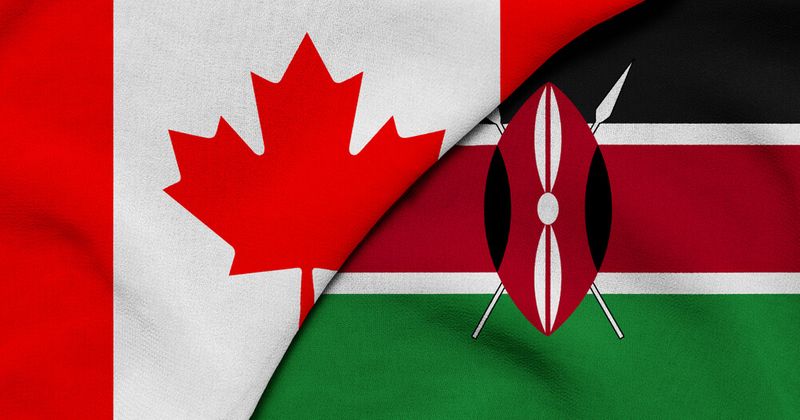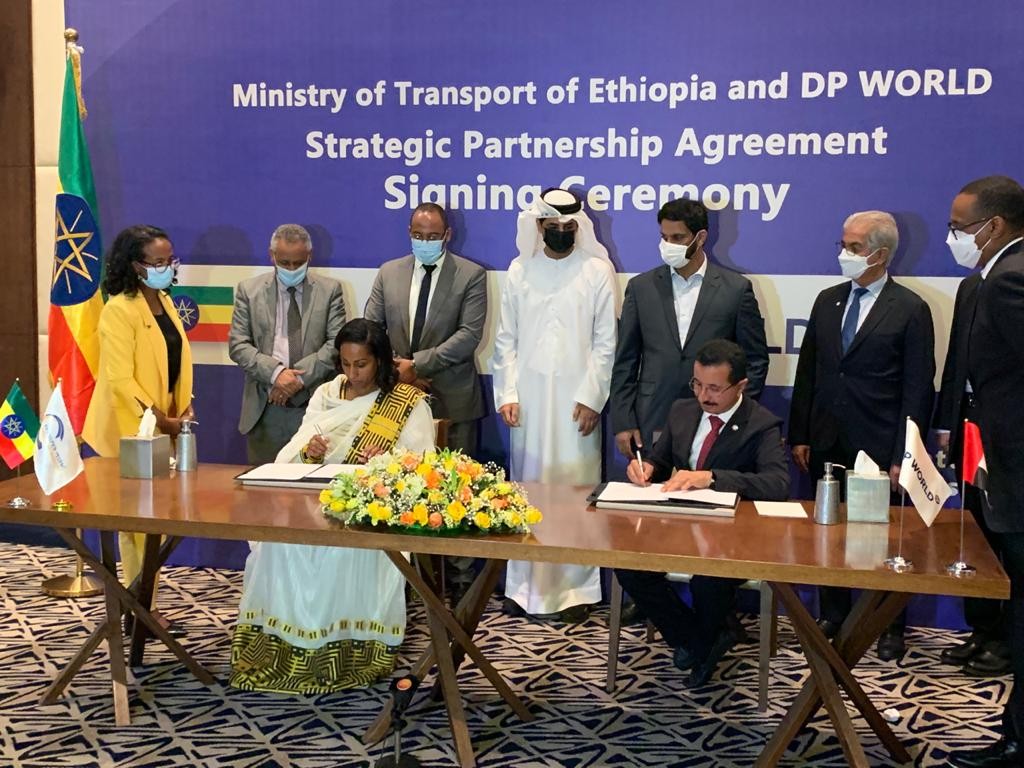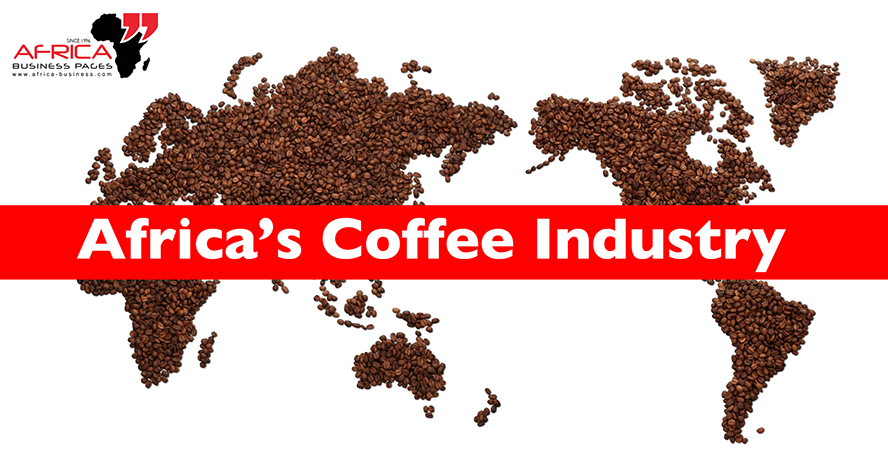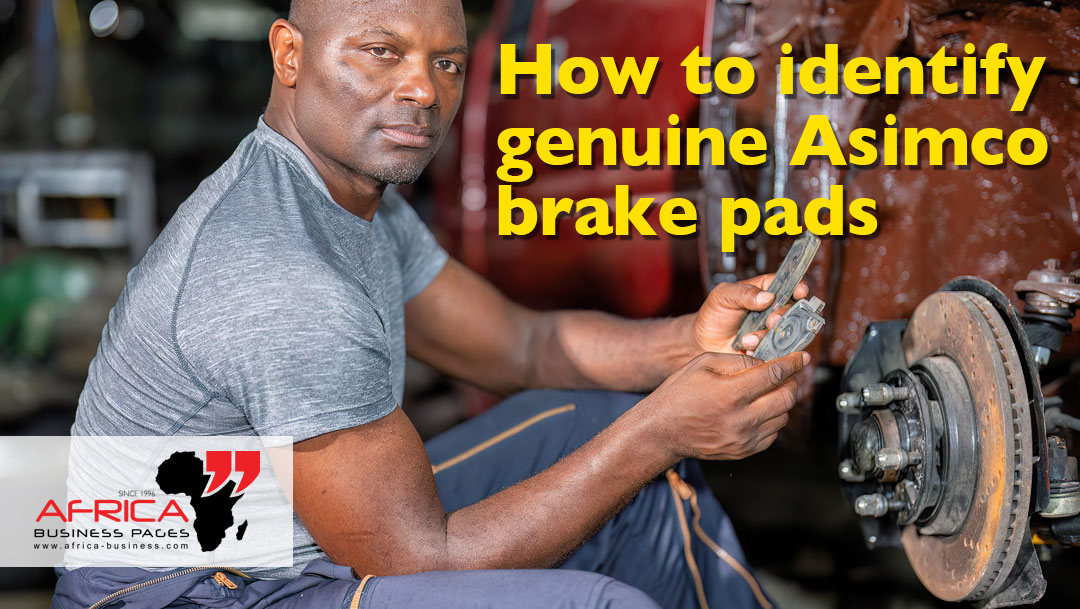Ethiopia's Untapped Gold Deposits

In today’s Ethiopia, gold is the mineral that is the biggest hard currency earner for the country. Although Ethiopia exports other minerals including sapphire, opal, tantalum, emerald, gemstones, and marble, gold has become a focus for Ethiopia a priority sector to transform the country’s economy. The government of Ethiopia wants to use the sector as an engine of growth to propel the country’s economic growth. It hopes to create one million jobs in the sector and generate over a billion dollar annual export revenue.
It would be no exaggeration to say that Ethiopia’s gold potential could rival South Africa’s, which would put it somewhere around the top five gold producing nations in the world.
Ethiopia has seen astonishing growth in the last ten years. Growing at an average rate of 10.2% between 2010 and 2020, the country is consistently one of Africa’s top performing economies. The country’s Growth and Transformation Plan II is targeting an annual average real GDP growth rate of 11%. Ethiopian
industry is projected to grow at an annual average rate of 20%, with projected growth of 21.9% in the manufacturing sub-sector; 31.6% in electricity, gas and water; 15.4% in construction; and 32.8% in the mining sector.

Large ore based gold mines are the Lega Dembi (the largest mine in the Sidamo province of southern Ethiopia) and Sakaro, which have been mined by private companies; the amount of gold produced by these mines is reported to be about 5 tons per year.
The National Mining Corporation (NMiC), an Ethiopian private company, had earlier announced the discovery of the largest ever gold and base metal reserves in Oromia and Tigray regional states. The mining corporation estimates that the 550,000 kg gold reserve at Dawa Okote, in Oromia Regional State is worth almost $US 5 billion. The gold reserves discovered at Werri, Tigray Regional State have estimated gold reserves of 18,000 kgs expected to be worth US$ 792 million.
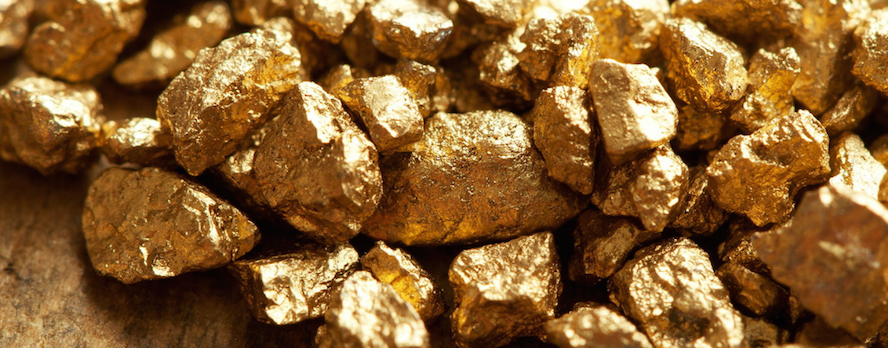
Gold in Asosa Region
In the wester part of Ethiopia near the Sudanese border lies a place called the Asosa zone – one of the oldest gold mines in the world dating back some 6,000 years. The gold mines in Asosa provided a key source of gold to the ancient Egyptian empire, whose great wealth was famous throughout the world. It may even have supplied the Queen of Sheba with her lavish gifts of gold when she visited King Solomon almost 3,000 years ago. More substantial exploitation of the region’s riches dates back to the Italian invasion of the 1930s. The Italians explored the Welega gold district in West Welega, south-east of Asosa.
Haile Selassie, emperor of Ethiopia from 1930 to 1974, believed the country had the potential to become a global leader in gold. But when the revolutionary Derg government deposed him and the country plunged into civil war, gold mining disappeared off the agenda for a decade and a half. It took until the early 2000s before the government started awarding exploration licences.
The area is heavy in quartz veins, schist, and pegmatite rocks, which are all promising locations for gold deposits. Similar terrain in Papua New Guinea and Indonesia has already been found to be rich in the yellow metal.
Some local inhabitants of Asosa already make a living from prospecting gold, and several mining companies have been active in the area in recent years, too. But what comes next could be on a much bigger scale. New geological research suggests that much more treasure might be buried under the surface of this east African country than was previously thought.
Treasure Trail
The Asosa zone is made up of flatlands, rugged valleys, mountainous ridges, streams and rivers. It is densely vegetated by bamboo and incense trees, with remnants of tropical rainforests along the river valleys. The zone, which is part of Ethiopia’s Benishangul-Gumuz region, is spotted with archaeological sites containing clues to how people lived here thousands of years ago, together with ancient mining pits and trenches.
Local inhabitants have long taken advantage of these riches. They pan for gold in Asosa’s streams and also extract the precious metal directly from outcropping rocks.
Several mines are up and running. One is at Lega Dembi slightly to the east, owned by Saudi interests. The other, at Tigray in the north of the country, is owned by American mining giant Newmont, and just started production late last year.
If you’re looking for a mining destination with the right mix of mineral potential, stability, infrastructure development and government support for investors – consider Ethiopia.




